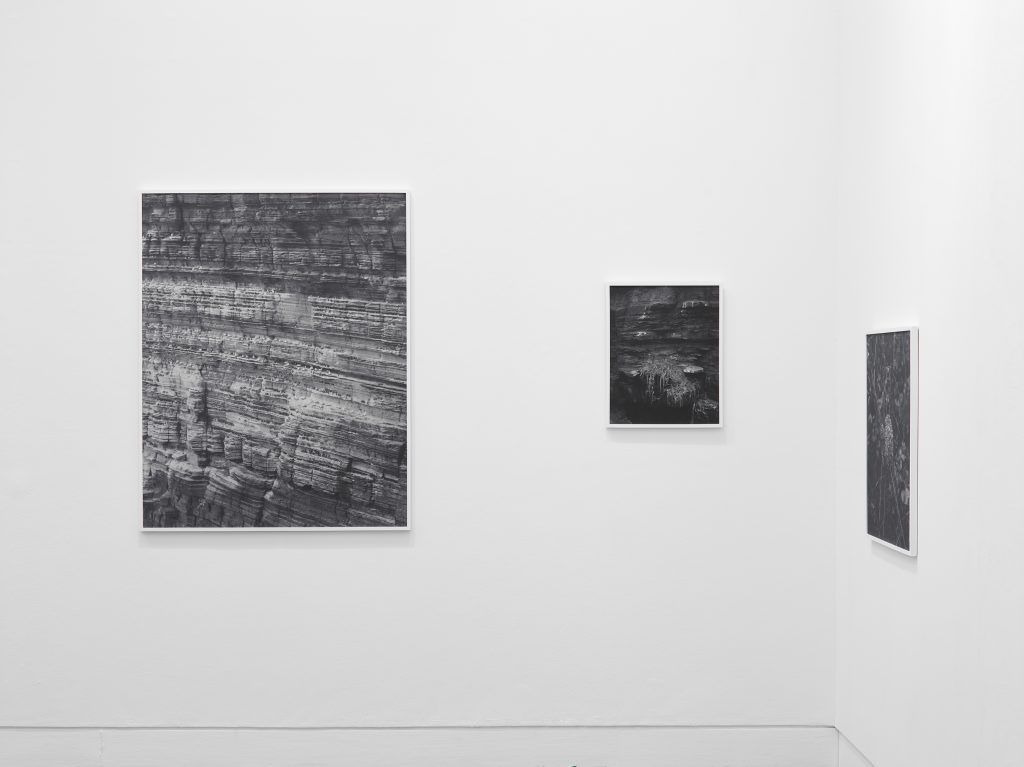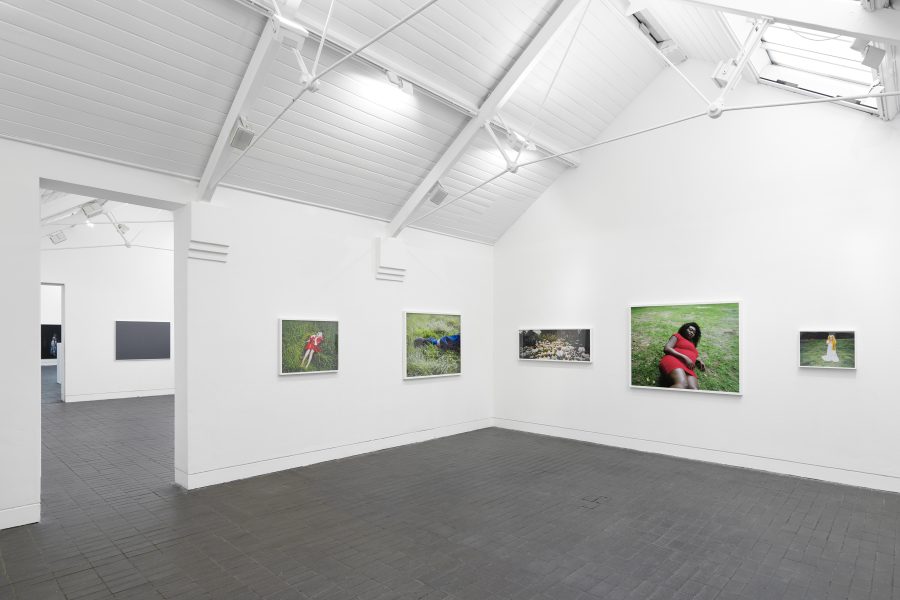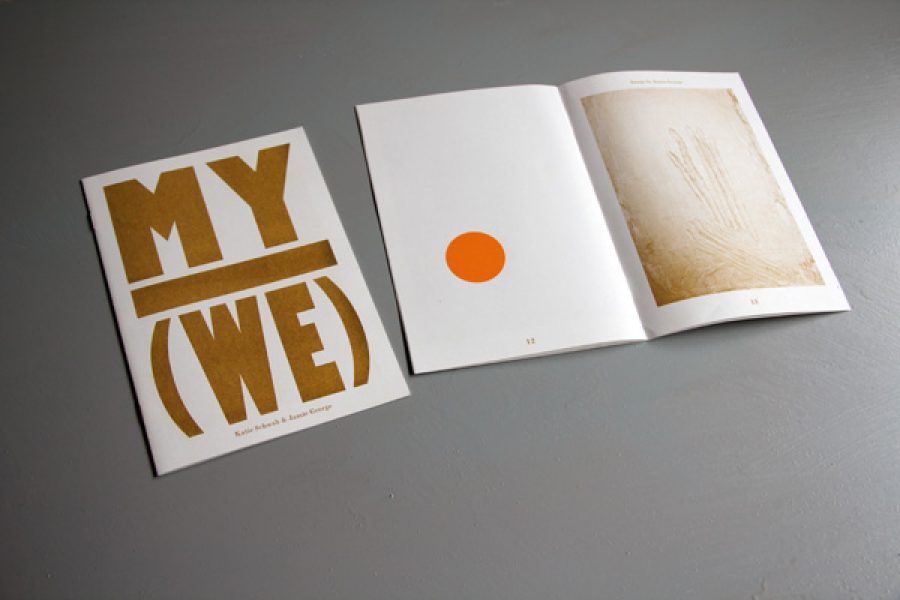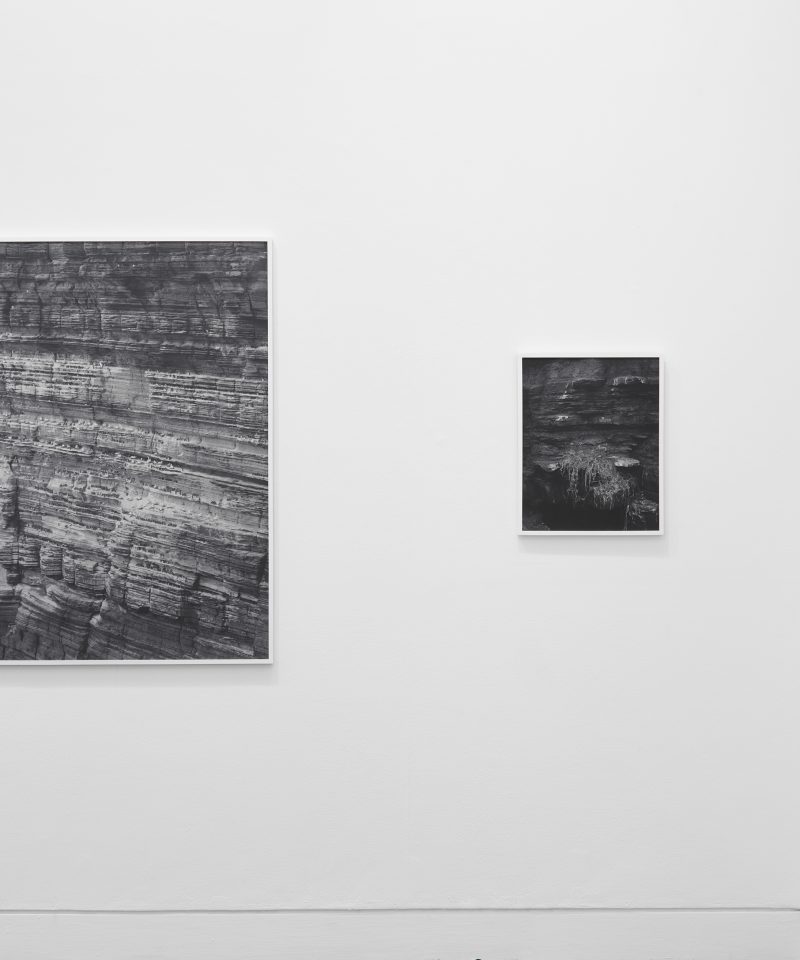I
The word ‘history’ stands written on the countenance of nature in the characters of transience.
– Walter Benjamin[1]
In Walter Benjamin’s discussion of allegory in his book on the Trauerspiel, he describes the ossification of history into nature, and the possibility of reading this history back off nature. This idea can be used to illuminate Sam Laughlin’s photographs. Speaking of A Certain Movement, Laughlin evokes Benjamin in two respects. First, he highlights the signifying dimension of nature: ‘Seasonal migration, reproduction, nesting, feeding: these process all have a significance which can be read, like a wordless text, inscribed onto the world we share.’ Second, he suggests that what can be deciphered is history: ‘In a sense, when we watch animals, we are looking at an accumulation of the past; like the browse line on a tree, or a nest site that has been occupied for centuries, its present form slowly determined over the years by repeated actions.’
What is suggested by Laughlin is less the petrification of history into nature that Benjamin recounts, than the historicity of nature itself, discoverable by a hermeneutic act. (Laughlin has previously produced a photographic series on mounds of rubble made to look like rock formations called Geschichte, the German word for history.) Another key term in Benjamin’s account is also echoed in A Certain Movement: the ruin. Benjamin writes that ‘[t]he allegorical physiognomy of the nature-history, which is put on stage in the Trauerspiel, is present in reality in the form of a ruin. In the ruin history has physically merged into the setting.’ Moments later, in a famous aphorism, he states that ‘[a]llegories are, in the realm of thoughts, what ruins are in the realm of things.’[2]
A consistent theme in A Certain Movement is the documentation of natural ruins: the abandoned dwellings of birds, for instance. These images – melancholy, monochromatic fragments of nature (the fragment being another central concept in Benjamin’s discussion of allegory) – add up to an archaeology or natural history of the present, in which these natural ruins can be parsed and interpreted.
II
Until the 19th century, however, anthropomorphism was integral to the relation between man and animal and was an expression of their proximity. […] In the last two centuries, animals have gradually disappeared. Today we live without them. And in this new solitude, anthropomorphism makes us doubly uneasy.
– John Berger[3]
If nature signifies in A Certain Movement, then the type of sign that is catalogued by these photographs is what C. S. Peirce calls an ‘index’.[4] Rather than representing an object by resemblance or by convention, an index refers by an existential connection, as a fingerprint or a footprint represents the animal or person that made it, or a weather-vane indicates the direction of the wind.
In a large number of the photographs, we infer the past presence of an animal from a visible trace. The lower branches of a tree, stripped of leaves, mark the eating habits of deer in Deer Browse-line (Various Species). A number of photographs are named after the animals who do not appear in the image, indicating this pointing to a thing by its trace, its index. A barely visible carcass and a few feathers on a branch is titled Sparrowhawk (Accipiter nisus) / Wood Pigeon (Columba palumbus). Empty nests are named Chiffchaff (Phylloscopus collybita) and Raven (Corvus corax). An abstract pattern of webbing wisps in branches is called Brown-tailed Moth (Euproctis chrysorrhoea).
Two things are key here: absence and pastness. In the photographs just mentioned, animals are represented in their absence, evading sight except for a few signs, leftovers, which are collected for inspection and contemplation. Yet even when animals are imaged directly, they often remain elusive. In several photos they are easily missed at first glance, only becoming visible to the eye after the title has told us what to look for, as in Honeybee Swarm (Apis mellifera), which might initially be mistaken for a nest, or Boatman Surfacing (Corixa punctate), in which one has to find the boatman in the darkness of the image.
Meanwhile, pastness is inscribed in the images by the temporality of the trace, a remainder in the present of a past event. In both cases, nature seems to retreat, in both space and time, as Berger speaks of animals receding into the past and disappearing from sight from the century of the industrial revolution onwards. The saturnine greyscale of the photographs suggests this fading also.
III
Remember that so late as the mid-twentieth century, most scientists, and many artists, did not believe that even Dolphin would ever be comprehensible to the human brain – or worth comprehending! Let another century pass, and we may seem equally laughable. “Do you realise,” the phytolinguist will say to the aesthetic critic, “that they couldn’t even read Eggplant?” And they will smile at our ignorance, as they pick up their rucksacks and hike on up to read the newly deciphered lyrics of the lichen on the north face of Pike’s Peak.
– Ursula K. Le Guin[5]
In a short story archiving documents from an imagined future, Ursula K. Le Guin speculates on the possibility of understanding the languages of ants, penguins, plants and rocks. Although Le Guin is thinking primarily of symbolic rather than indexical systems, the close, sensitive interpretation of non-human signification is required for A Certain Movement. Le Guin’s text is typical in its optimism, with its scientific endeavour characterised not by domination but by the desire to understand and even learn from non-human species, and its projection into the future of the continued existence of humans, animals and the planet.
The futurity conjured by Le Guin’s text is important. In contrast to the frozen constellations of Benjaminian allegory and the photographic capture of geological and evolutionary slow time (Laughlin has also produced a photographic series called Slow Time), what we are witnessing in the early twenty-first century is the acceleration of natural-history, emblematised in events such as the disappearance of Canada’s Slims river over four days in 2016 due to glacier melt. In A Certain Movement, then, there is another wordless script that requires a further act of decipherment, because it is present only by implication in these images which show no trace of human activity: the current unfolding environmental crisis, and the urgency of human agency and collective action to avert it.
[1] Walter Benjamin, The Origin of German Tragic Drama, trans. John Osborne (London and New York: Verso, 1998), p. 177
[2] Benjamin, Origin of German Tragic Drama, pp. 177-178
[3] John Berger, ‘Why Look at Animals?’, in About Looking (New York: Pantheon, 1980), p. 9
[4] Charles Sanders Peirce, ‘Existential Graphs’, in Collected Papers of Charles Sanders Peirce, Volume III: Exact Logic (Published Papers) and Volume IV: The Simplest Mathematics, ed. Charles Hartshorne and Paul Weiss (Cambridge, Mass.: The Belknap Press of Harvard University Press, 1961), pp. 413-415
[5] Ursula K. Le Guin, ‘The Author of the Acacia Seeds’, in The Compass Rose (London: Gollancz, 1983), p. 11




